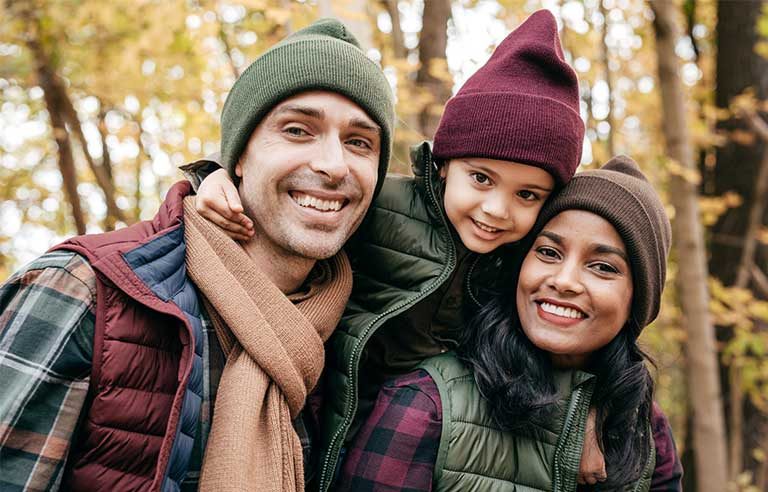Fall back
Keep safety in mind this season

Hello, deer
Autumn is mating season for deer, which makes them more active and a greater hazard on the road. Their mating season typically runs from October to December, with November being the most prevalent month for collisions, according to the Insurance Institute for Highway Safety.
The Washington Department of Fish and Wildlife offers numerous tips to help avoid deer-vehicle collisions:
- Be particularly cautious when driving at dusk or dawn, when deer are more active.
- Pay attention to “deer crossing” signs. They’re placed in certain spots for a reason, and you should reduce your speed when driving through those areas.
- If you see one deer crossing the road, know that others may follow, as they have a tendency to travel in groups.
- If a deer is ahead of you in the roadway, don’t swerve. It could change directions – and move back in front of you – while you’re switching lanes.
- Use your horn instead of relying on deer whistles, which studies have found to be ineffective.
- If you can’t avoid a collision, slow down as much as possible, maintain a firm grip on your steering wheel and keep your vehicle straight.
Give the kids a brake
Fall means it’s back to school for kids, so extra caution is needed as they walk near roadways and wait for buses. When dropping children off at school, the National Safety Council recommends:
- Don’t double-park, as it can block the visibility of other vehicles and children.
- Don’t do pick-ups or drop-offs across the street.
- Try carpooling to reduce the number of vehicles around the school.
When driving near children, schools or buses:
- Never pass a school bus from behind – or from either direction if you’re on an undivided road – if it’s stopped to load or unload children.
- If a bus’ yellow or red lights are flashing and the stop arm is extended, you must stop your vehicle.
- Stop far enough back from a bus to allow children space to safely get on and off the bus.
- Be alert – children tend to ignore hazards and take risks.
- Always stop for a school patrol officer or crossing guard holding up a stop sign.
Post a comment to this article
Safety+Health welcomes comments that promote respectful dialogue. Please stay on topic. Comments that contain personal attacks, profanity or abusive language – or those aggressively promoting products or services – will be removed. We reserve the right to determine which comments violate our comment policy. (Anonymous comments are welcome; merely skip the “name” field in the comment box. An email address is required but will not be included with your comment.)
